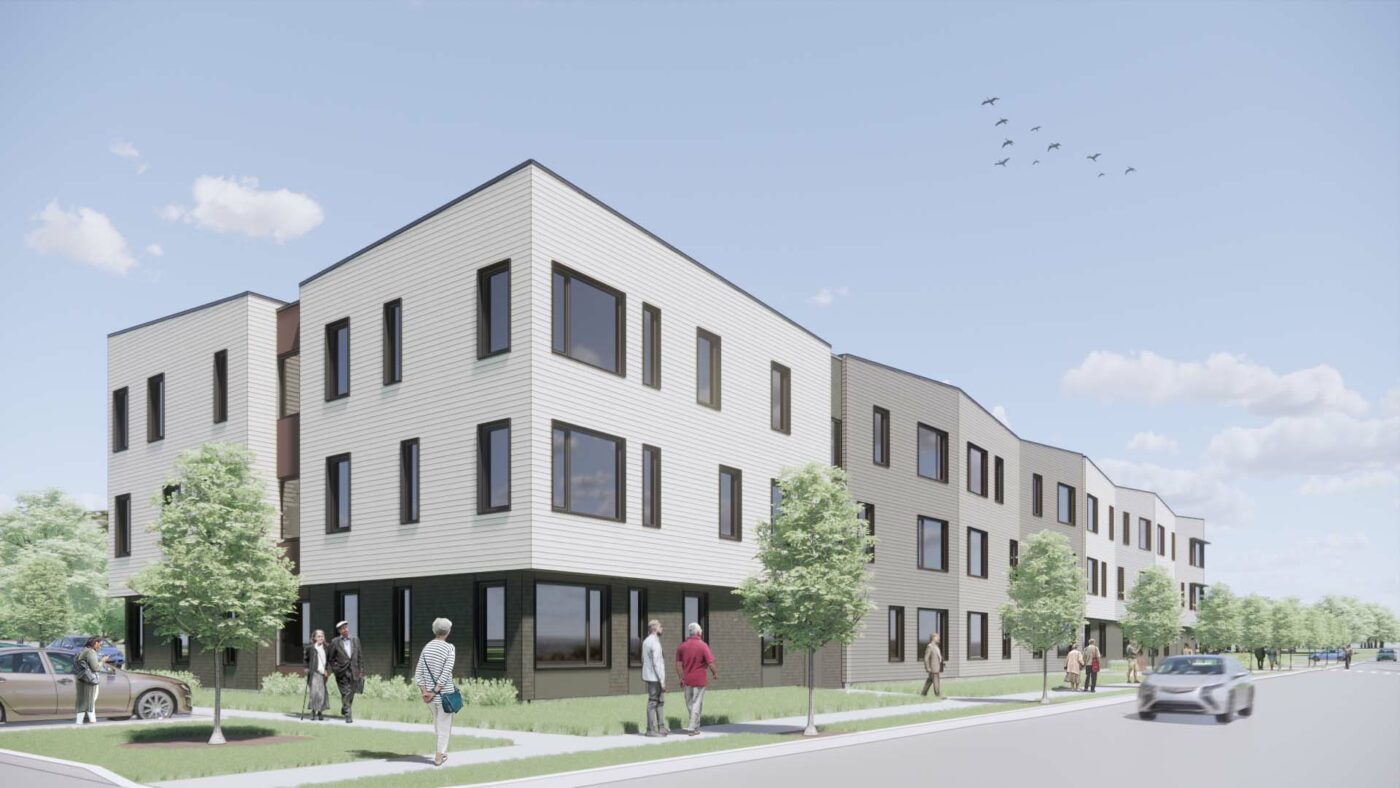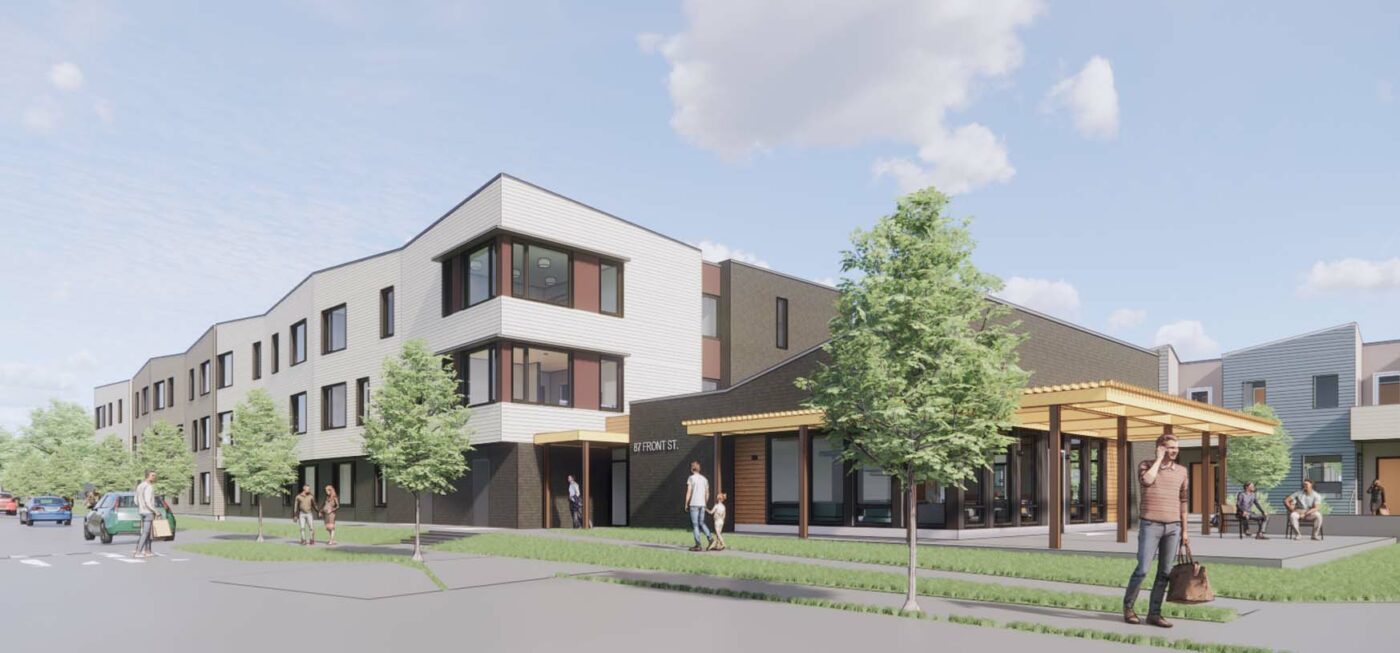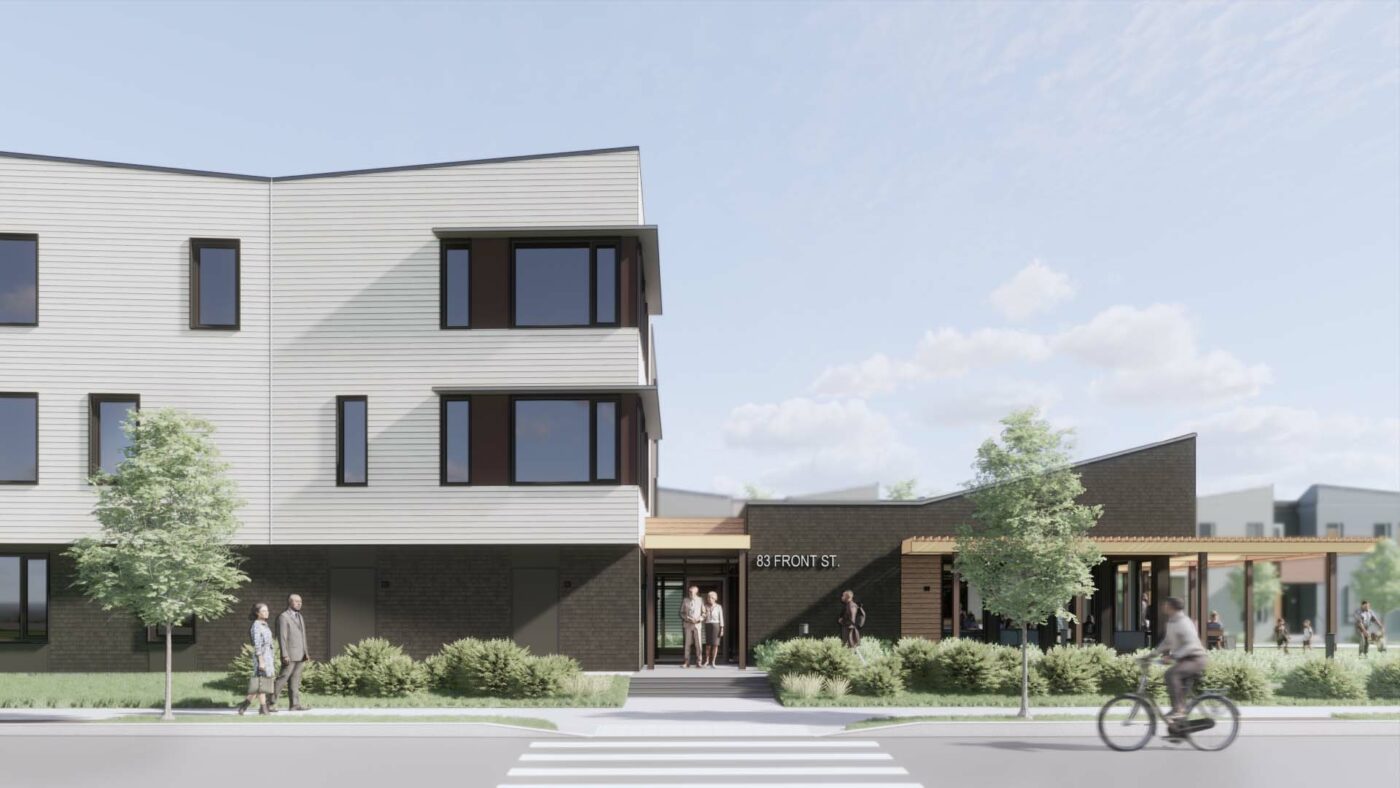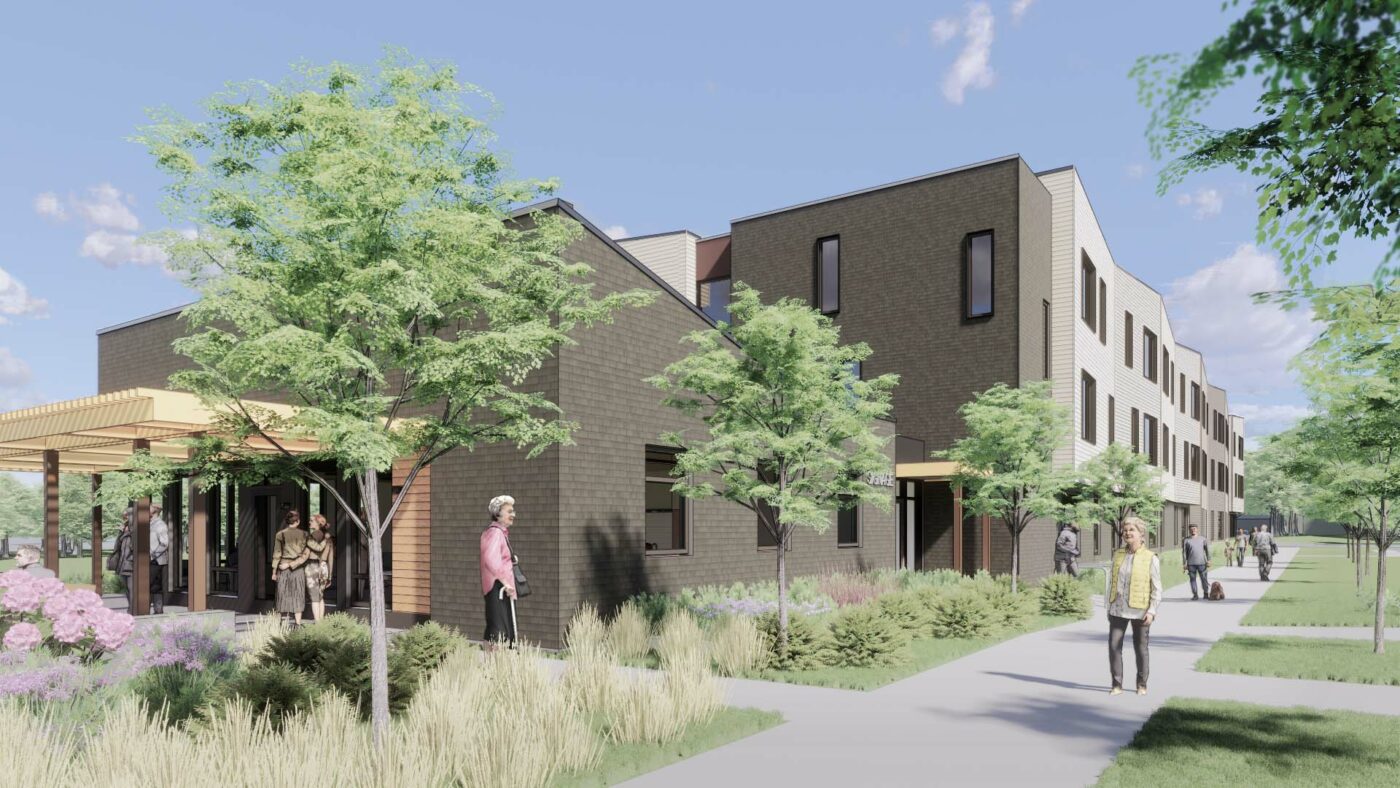If building housing were as easy as spouting worn-out Reaganite cliches, everyone would be doing it.
We've seen construction costs more than double in two years, interest rates are up, and financing is limited. You talk about building a 1,000-unit complex and taking in $12 million a year. Sounds great! One small problem, though: average construction costs for new apartments are now pushing $320K per unit, so your project is gonna cost at least $320 million, not counting land costs. Let's just ignore all the maintenance and management fees and taxes you'd need to pay on this property every year, even though those are going to be a lot, because this straw man is already done for. At a modest 5% discount rate, your 30-year net present value on this $320 million investment, taking in $12 million in annual revenue, is going to be *negative* $136 million. No bank, private company, or equity investor in their right mind would want anything to do with this project unless they're deliberately looking to torch nine figures' worth of cash.
As far as partnering with a company, it's illegal for a public housing authority to build company housing. As people keep on telling you, public housing requires public funding. If you want more housing, call your state rep and ask for more of those investments.








